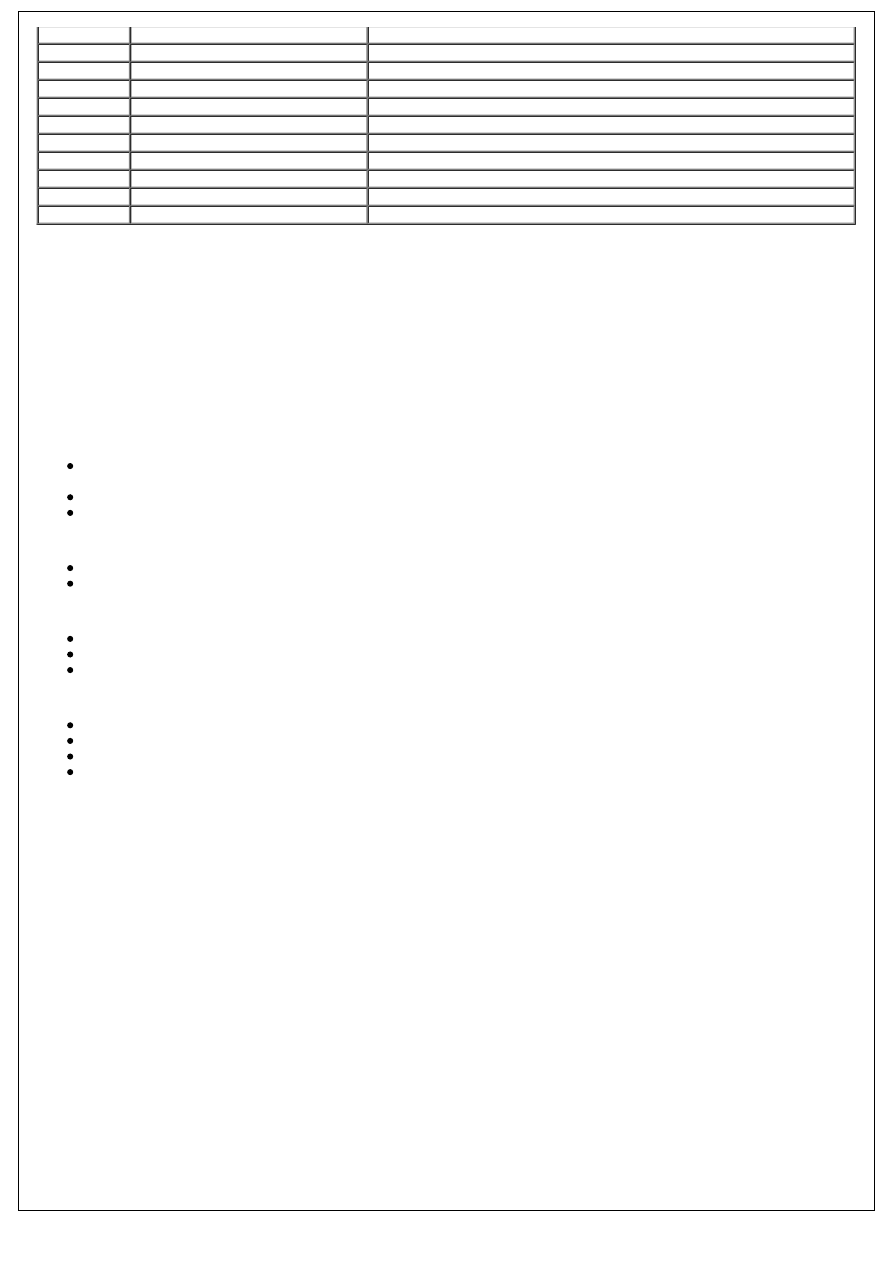Defender. Manual - part 115

1
-
High-pressure line
2
-
Leak-off pipe
3
-
Fuel injection line
4
-
Fuel injector
5
-
Pressure limiting valve
6
-
Fuel rail
7
-
Volume Control Valve (VCV)
8
-
Fuel pressure sensor
9
-
Fuel temperature sensor
10
-
High-pressure fuel pump
11
-
Fuel return
OVERVIEW
The 2.4 liter diesel engine is equipped with a high-pressure common rail fuel injection system. With this fuel injection
process, a high-pressure fuel pump delivers a uniform level of pressure to a shared fuel rail (also known as a common
rail), which serves all 4 fuel injectors. Pressure is controlled to the optimum level for smooth operation, up to a pressure
of 1600 bar.
The system supports a pre-injection (pilot) phase, which reduces combustion noise and mechanical load.
Fuel injection pressure is generated independently of engine speed and fuel injection events. The fuel injection timing
and volume are calculated by the Engine Control Module (ECM), which then energizes the appropriate solenoid actuated
injector.
The common rail fuel injection system has the following features:
High fuel injection pressures of up to 1600 bar for greater atomisation of fuel (increasing performance and
lowering emissions)
Variable injection to optimise combustion in all engine operating conditions
Low tolerances and high precision throughout the life of the system
The fuel system is divided into 2 sub systems:
Low-pressure system
High-pressure system
The LP system features the following components:
Transfer pump (located in the high-pressure pump)
Fuel filter
Fuel cooler
The HP system features the following components:
High-pressure fuel pump
Fuel rail
High-pressure fuel pipes
Injectors
LOW-PRESSURE SYSTEM
Transfer Pump
The transfer pump is integral to the high-pressure fuel pump and is used to draw fuel from the fuel tank via the fuel
filter (for more information refer to the high-pressure fuel pump section).
The suction pressure of the transfer pump is -30 to -20 Kpa.
Fuel Filter